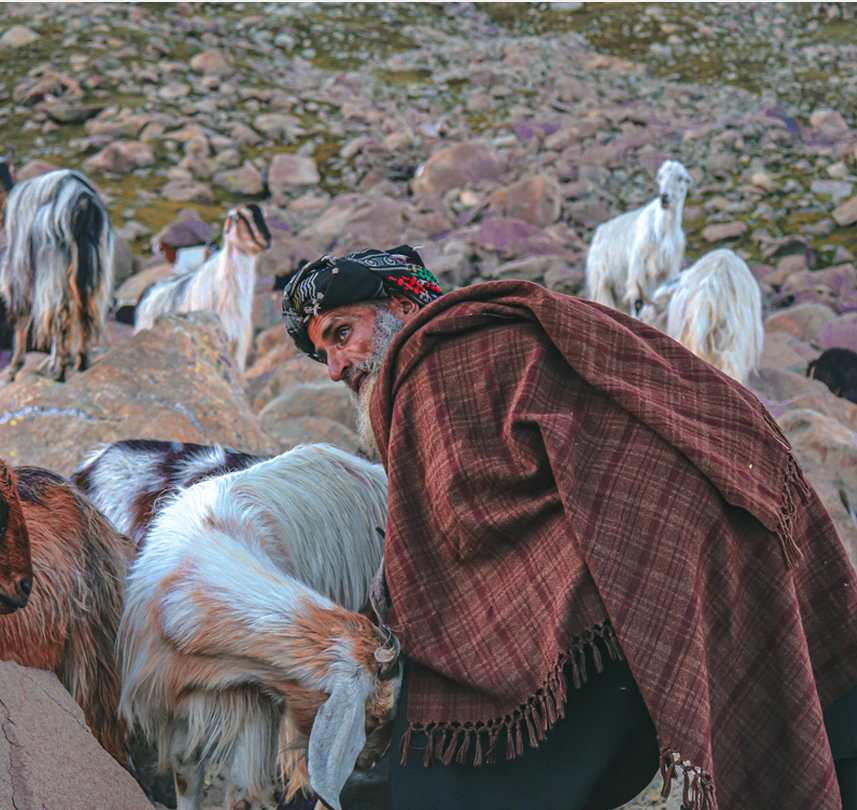
tribal livelihood
BAKARWAL TRIBE, jammu & kashmir
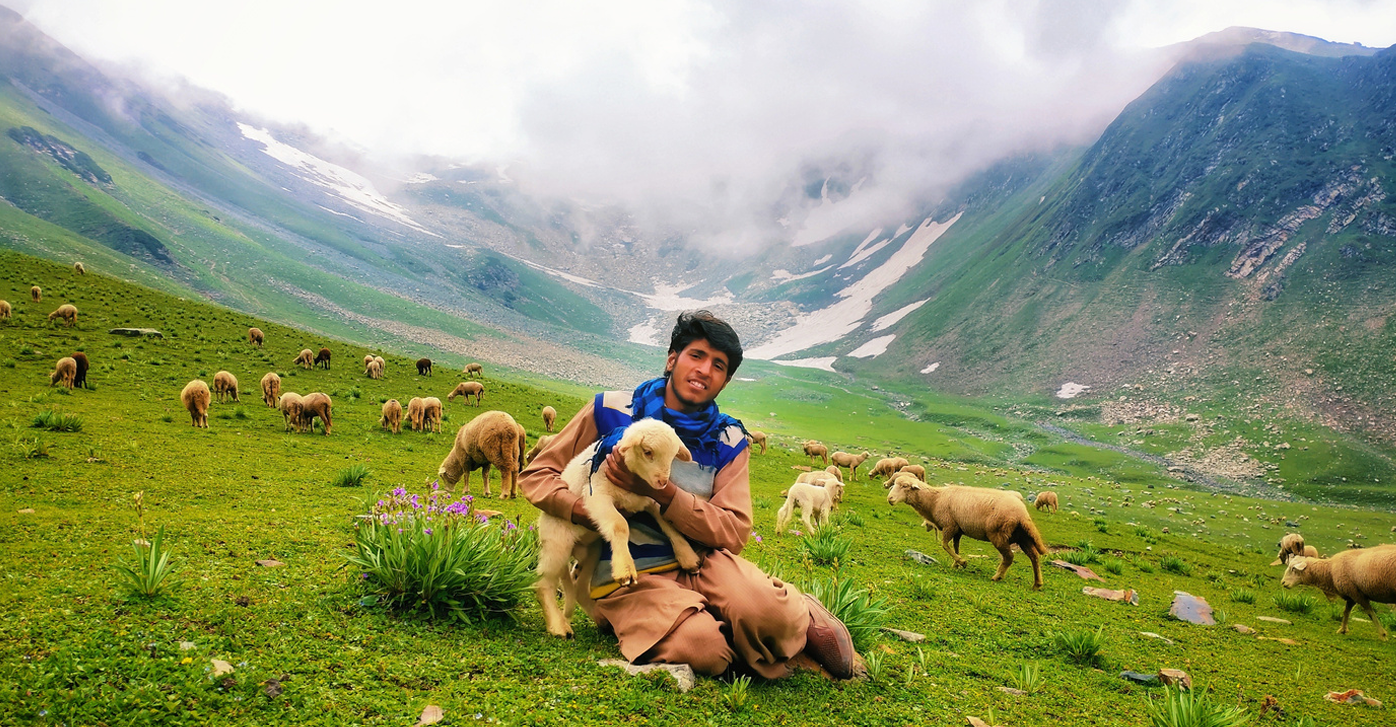
The Bakarwal tribe, largely in Jammu and Kashmir, is known for its pastoral and semi-nomadic background. Hailing from Central Asia, they moved to the Indian subcontinent centuries back and are directly related to the Gujjar community. Famous mainly as goat and sheep breeders, the Bakarwals belong to a broader cultural group with common history and traditions. Although their cultural origins run deep, the unique way of life of the tribe has created difficulties in integration into society.
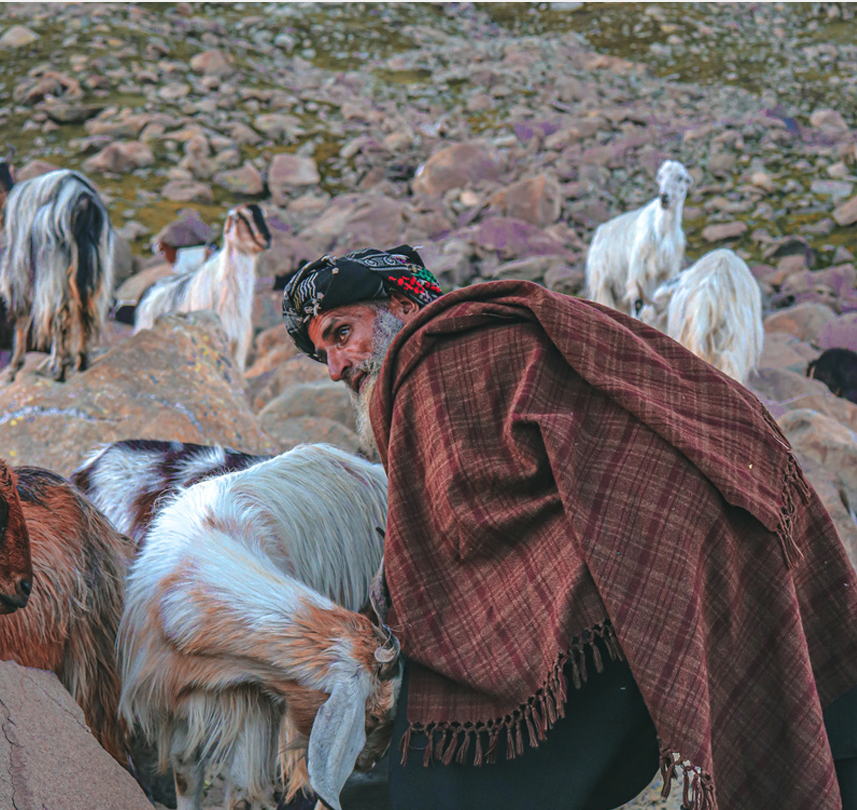
The Bakarwal tribe is traditionally pastoralist in nature, mostly keeping goats and sheep. They make seasonal movements—translocating from lowlands to hilly areas during summer and coming back to lower elevations during winter. Livestock rearing, milk production, and wool trade are the mainstay of their economy. Of late, a number of Bakarwals have diversified their income by engaging in farm work at the local level and other rural labor activities, an adjustment which attests to changing economic fortunes in their midst.
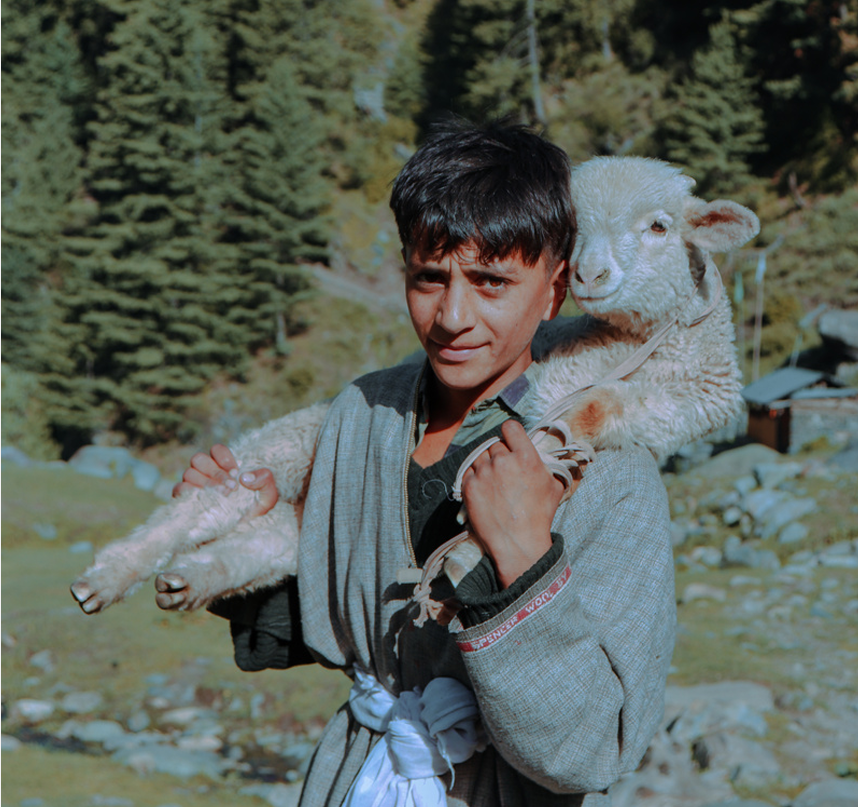
Bakarwals have a strong oral tradition with stories, songs, and folklore which express their way of life and values. Gojri, their own language, is still a part of their identity, despite it not being officially recognized. By oral tradition, they share with each other traditions, myths, and religious beliefs that focus on living in harmony with nature and resilience. This distinct cultural heritage not only maintains their history but also serves to sustain the sense of belongingness of the tribe amidst modernization and societal transformation.
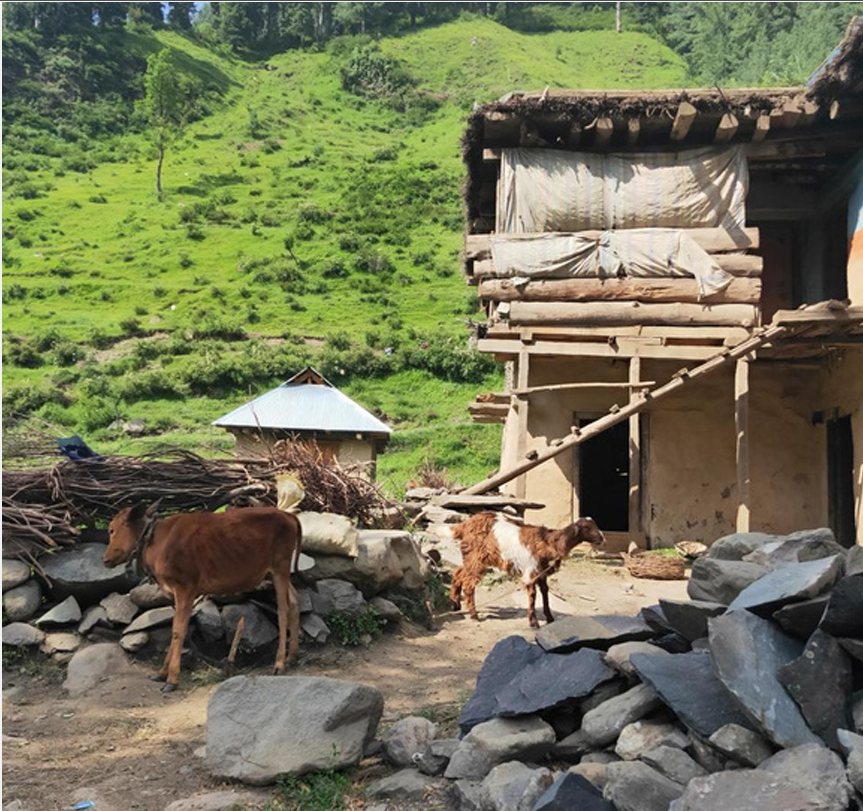
Bakarwal communities are confronted by a number of challenges, which include economic exclusion, restricted healthcare access, and limited educational resources. Seasonal migration tends to limit regular access to government facilities, and infrastructural development, as well as shifting land use, affects their pastoral way of life. Informal status of their language, Gojri, adds to a sense of underrepresentation. These problems present challenges to the Bakarwals in trying to maintain their traditional lifestyle while coping with new demands in society.
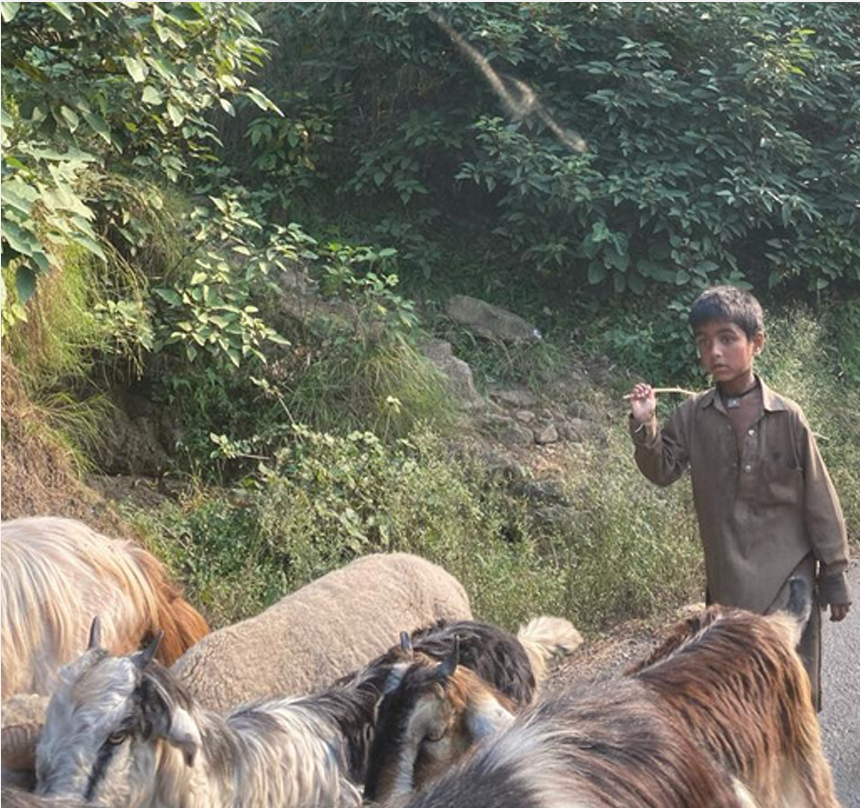
Initiatives are being taken to help the Bakarwals preserve their traditional way of life and enhance their well-being. Education, healthcare, and sustainable cattle management are some of the initiatives through non-profits as well as government programs that aim to strike a balance between cultural conservation and economic development. Cultural heritage programs and Gojri conservation programs are also being implemented to drive a strong future for the Bakarwals. The programs enable the Bakarwals to hold on to their identity while evolving sustainably in a rapidly changing world.


